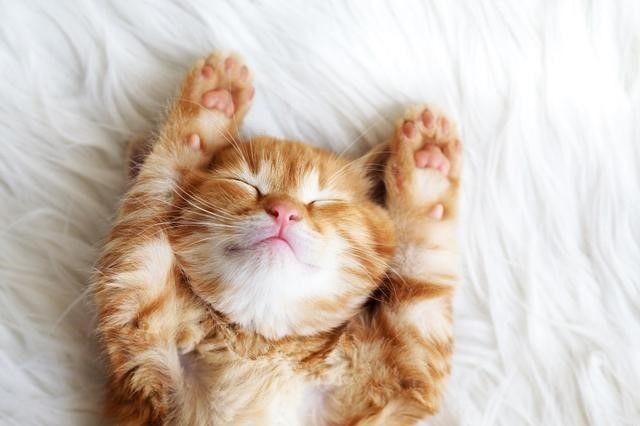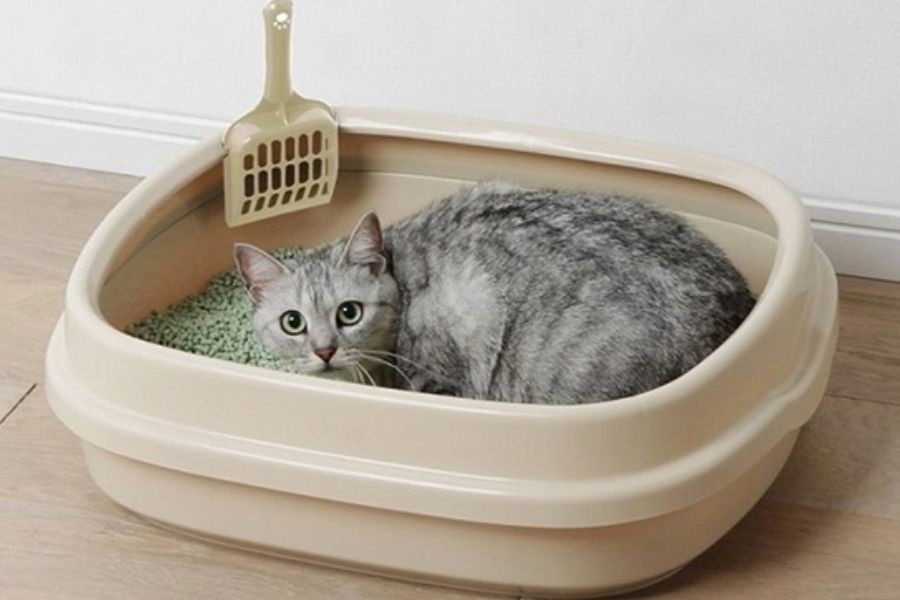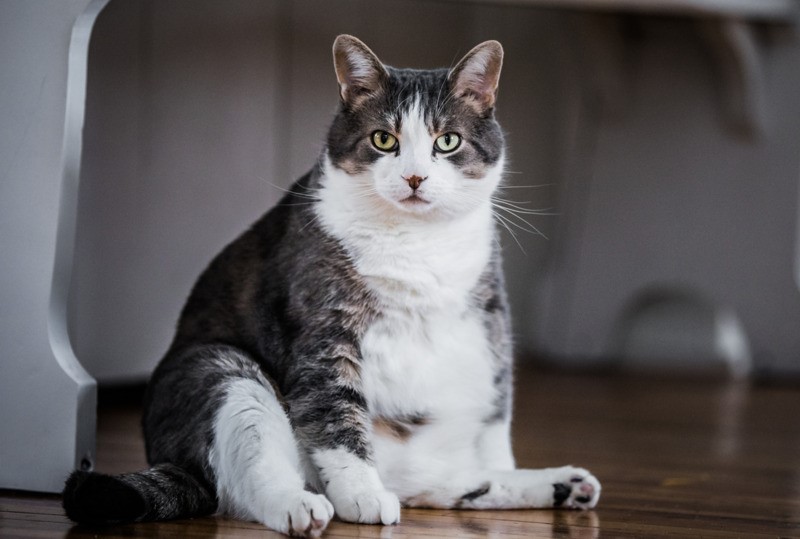Taking care of a cat is like taking care of a child. How do we take care of them to keep them healthy, cute and playful? How to recognize a sick cat for Sen?
One of the joys of taking care of cats is that they have a laid-back nature. Cats are better than humans at relaxing and living the life we always dream of playing, eating and sleeping. However, this habit can cause problems when they are sick. Instinctively, cats often hide, or their daily routine (sleeping) occurs with high frequency. To determine whether your cat is truly sick or not, you need to understand the exact signs about How to recognize whether a cat is diseased.
METHOD 1: Observe Signs of Changes in Behavior and Appearance
1. Observe your cat’s sleeping time
When they are sick, they often sleep more. If your cat isn’t showing signs of illness, such as vomiting, diarrhea, loss of appetite, or swelling, you should still pay attention to it. When these symptoms appear, you need to take your cat to the veterinarian.
If you don’t notice other symptoms, you’ll need to monitor your cat for 24 hours (of course, you should take them to the vet before then if you’re really worried). In case the fatigue persists until the second day, it’s time to take them to the doctor.
Image of cats sleeping
2. Check your cat’s body temperature to determine fever
Use a rectal thermometer to measure their body temperature. However, if your cat is uncomfortable, you should not take the measurement and let the doctor do it. Normal body temperature ranges from 37.5 to 39.2oC. If it is above 39.2oC, it is elevated, and above 39.5oC means the cat has a fever. Then you need to take them to the vet.
Cats with fever often sleep deeply, skip meals, and their fur is no longer shiny but becomes tangled. The nose and ears may be dry and warm to the touch with fingers at normal body temperature. While touching the ears is not an accurate way to check temperature, if your cat’s ears are cool, they are unlikely to have a fever.
3. Observe for signs of changes in toilet habits
You need to pay attention to the following characteristics: how often your cat uses the litter box, if it has difficulty, or if the urine contains blood or mucus, or the stool is hard and has an ore-like appearance. If your cat has diarrhea, but continues to strain or becomes constipated (a sign of hard, dry stools), you should see a doctor. When you notice that your cat is struggling repeatedly and cannot urinate, or blood appears, you need to call your veterinarian immediately.
Male cats are prone to urinary problems when they have difficulty urinating. Signs include frequent trips to the bathroom, and sometimes squatting outside the tray. Cats can squat for a few minutes or get up and move to another place and continue squatting. If possible, you need to check to see if they have urinated (dry or wet pads?) and if so, continue to check for blood stains.
Image of cats using litter box
4. Observe your cat’s eating habits
If you notice your cat is not eating much, or is eating more than usual, there may be a problem. In case your cat is not interested in food all day, this could be a sign of a number of problems such as eating the neighbor’s food, feeling nauseous, or having kidney problems. However, if cats gobble it up, their health can suffer.
If your cat hasn’t eaten or drank for more than 24 hours, you need to take them to the vet to detect potential problems before complications arise.
5. Check for signs of dehydration
Pay attention to changes in your cat’s drinking behavior. The amount of water intake depends on whether they eat liquid food (in which case drinking water is not normal) or dry food (drinking water is normal). Many diseases cause extreme thirst, such as infections, overactive kidneys, thyroid, and diabetes. If your cat is thirsty, you should take them to see a doctor.
You may undergo a physical examination. Carefully and gently grasp the skin between the shoulder blades. Pull the skin upward and away from their body (still be gentle) and then release. If the skin does not return to its original state immediately, then the cat may be dehydrated and should seek medical attention immediately.
6. Pay attention to your cat’s weight and body shape
Any change in volume is significant and requires investigation. Sudden or even gradual weight loss can be a sign of disease. If in doubt, weigh your cat once a week at home. If your cat continues to lose weight, you need to take them to the doctor immediately.
In the early stages of a disease such as diabetes or hyperthyroidism, cats often appear normal but lose weight. You should seek medical advice in case of persistent weight loss.
Some diseases such as abdominal cancer or heart disease usually do not affect their weight but cause loss of body shape. This means you can feel the ribs and spine more easily because there isn’t as much fat covering them, but the abdomen may be round or bulging. If in doubt, you need to take them to see a doctor.
Image of a fat cat
7. Check your cat’s fur
When sick, cats often do not have enough strength to groom themselves. Typically, neat, shiny fur will become dark, rough, and disheveled. While stress can contribute to hair loss or changes in cleaning habits, your cat is actually sick. Then you need to take them to see a doctor.
Changes in grooming habits can also be caused by arthritis. Grooming their fur can then be painful if their joints and muscles become stiff and sore. Again, this is a sign that you cannot ignore and should seek veterinary help.
By these information, you can know more about the first method in the series of ways to recognize sick cats, which is to observe signs of changes in the cat’s behavior and appearance.



